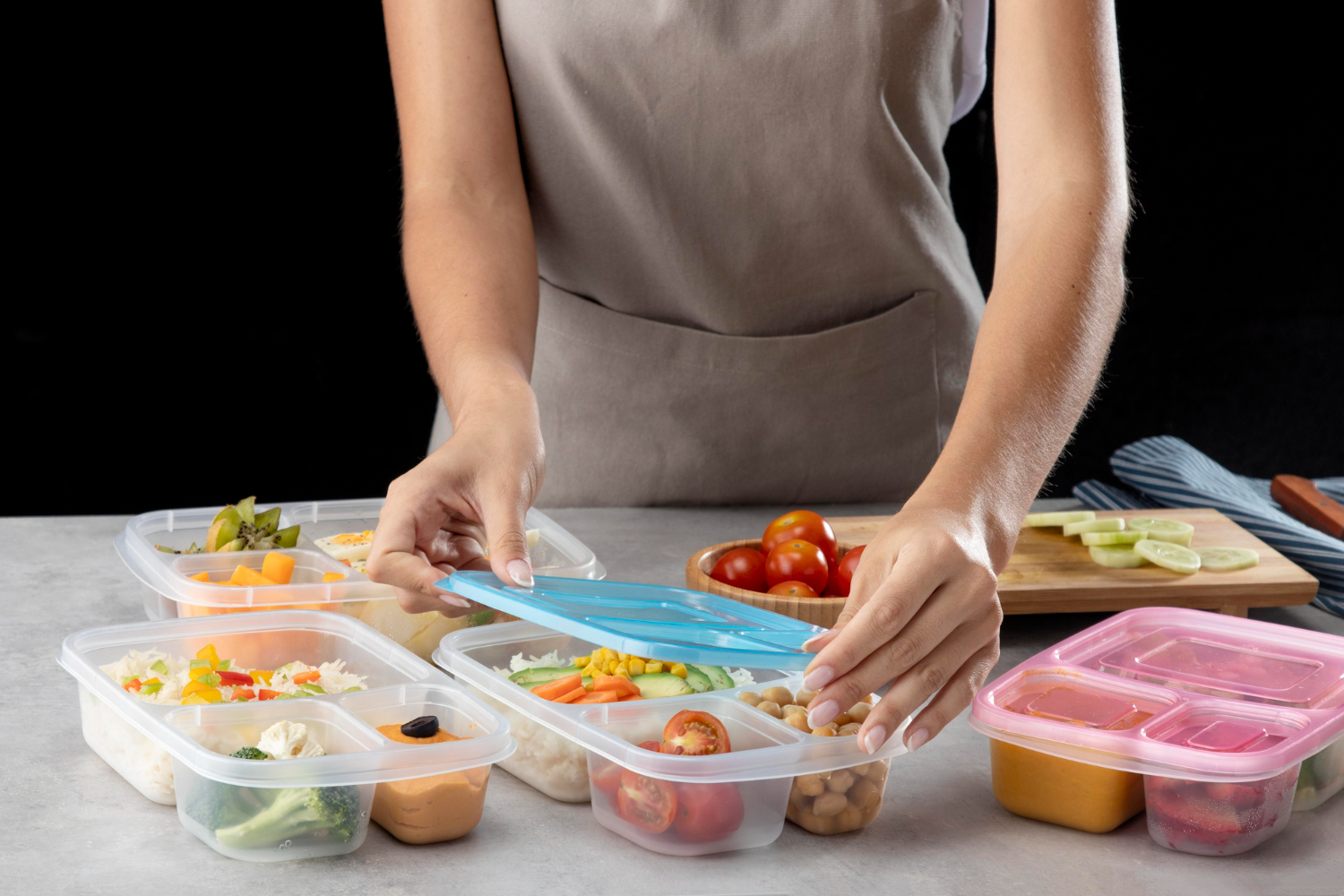Food packaging plays a crucial role in preserving the freshness of products while minimizing waste. Malaysians, like people around the world, are increasingly concerned about the quality and sustainability of the food they consume. In this article, we will explore the art of food packaging such as tupperware malaysia, discussing its importance in maximizing freshness, minimizing waste, and the advantages it brings. We will also answer common questions and provide helpful information for Malaysian readers.
Why is food packaging important?
Food packaging serves multiple purposes beyond simply containing and transporting products. It acts as a protective barrier, preventing contamination and extending shelf life. By ensuring food safety and maintaining freshness, packaging plays a vital role in reducing food waste and ensuring consumers receive high-quality products.
Maintaining Freshness:
- Food packaging utilizes various techniques to preserve the freshness of products. Oxygen barriers, such as vacuum sealing or modified atmosphere packaging, create an oxygen-free environment that slows down the deterioration process. This technology is particularly beneficial for perishable items like fruits, vegetables, and meat products.
Extending Shelf Life:
- The use of intelligent packaging, such as antimicrobial films and absorbers, can inhibit the growth of bacteria and delay spoilage. By extending the shelf life of products, food packaging helps reduce waste and allows consumers more time to enjoy their purchases.
Enhancing Convenience:
- Packaging provides convenience for consumers, allowing them to store, transport, and consume food easily. Single-serving portions and resealable packaging ensure that individuals can enjoy fresh portions while minimizing leftovers and waste.
Ensuring Food Safety:
- A well-designed packaging system prevents contamination and ensures food safety. Sealed packaging protects products from external factors like dust, insects, and physical damage. Tamper-evident packaging offers additional assurance, enabling consumers to identify if a product has been compromised.
Sustainability and Eco-Friendly Packaging:
- Malaysians are increasingly concerned about the environmental impact of packaging waste. Many manufacturers are now using sustainable materials, such as biodegradable or compostable packaging, to reduce their carbon footprint. Eco-friendly packaging options, including paper-based or plant-based materials, are gaining popularity among both consumers and businesses.

How can food packaging minimize waste?
Portion Control:
- Properly portioned packaging helps individuals control their food intake, reducing the likelihood of food waste. Single-serving packages, especially for snacks and ready-to-eat meals, promote portion control and minimize leftovers.
Intelligent Packaging:
- Smart packaging technology, such as time-temperature indicators and freshness sensors, informs consumers about the freshness and safety of products. This information enables them to make informed decisions and reduces the chances of discarding still-edible food.
Sustainable Packaging Design:
- Environmentally friendly packaging materials, such as recycled or biodegradable options, contribute to waste reduction. By choosing sustainable packaging solutions, manufacturers and consumers can minimize their environmental impact.
Conclusion
The art of food packaging is not just about aesthetics; it plays a crucial role in maximizing freshness and minimizing waste. Malaysians, like many others, are becoming increasingly aware of the importance of sustainable packaging and its positive impact on the environment. By utilizing advanced technologies and eco-friendly materials, the industry is working towards minimizing food waste and ensuring that consumers receive fresh, safe, and high-quality products. As consumers, being mindful of our purchasing choices and supporting brands that prioritize sustainable packaging practices can contribute to a healthier future for both ourselves and the planet.
